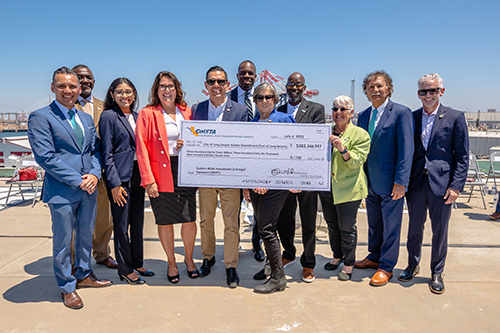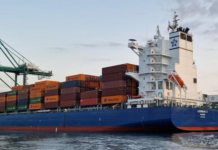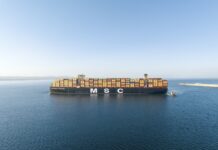
Port of Long Beach will proceed with several zero-emission projects thanks to an approximately US$225 million grant received by the state of California.
In addition, the state is investing more than US$158 million in the Port’s rail support facility at Pier B, which will move more goods from trucks to on-dock rail.
The entire grant amount, more than US$383 million, is the highest ever given to the Port by the state of California and will help create over 22,000 employment and progress initiatives estimated to remove more than 12% of total carbon dioxide emissions and more than 5% of nitrogen oxide emissions linked with Port-related activities by 2028.
The Port’s share alone accounts for almost 25% of the more than US$1.5 billion invested in California’s ports statewide to construct a more efficient, sustainable, and resilient supply chain.
The Port is the single largest beneficiary of the California State Transportation Agency’s (CalSTA) one-time-only Port and Freight Infrastructure Programme (PFIP) funds.
The Port’s part of PFIP grant money will cover about 18% of more than US$2.1 billion in projects. All of these initiatives aim to speed up port modernisation, enhance commodities movement efficiency, and lessen the negative environmental impacts of the Port’s activities on neighbouring towns and those along the I-710/Alameda Corridor.
There will also be rail network enhancements that will considerably advance the Port’s clean air goals. A single double-stacked train will save around 750 truck trips, lowering both pollution and congestion. Additionally, a new, extended Pier B rail infrastructure will enable the Port to meet its long-standing aim of transporting 35% of cargo through on-dock rail.





